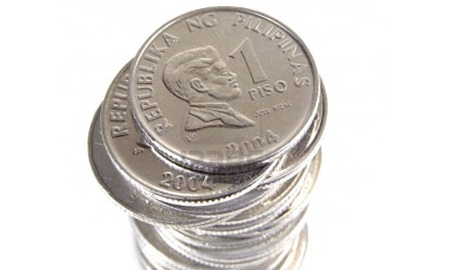The old cliché ‘learning from your mistakes’ rings ever so true in the Philippines’ banking sector. The Asian financial crisis of 1997-98 forced the central bank, Bangko Sentral ng Pilipinas (BSP), to implement reforms in order to rescue the banking system, and thanks to these reforms, it remains sound and stable through 2012.
“A big reason why the Philippine banking system is so strong is because of the system of regulation in this country. As bankers or practitioners, we will always complain of over regulation but if you step back and look at everything that has happened from 1997 onwards, you cannot help but say that it was probably the right thing to do,” says Arthur Ty, President and CEO of Metropolitan Bank & Trust Co (
Metrobank).
Aurelio R Montinola III, President and CEO of
Bank of the Philippine Islands (
BPI) describes the Philippine banking system as “healthy, liquid and profitable” while Nestor Tan, President of Banco de Oro Unibank Inc (BDO) thanks the “progressive central bank”, whose Governor and deputies are “progressive in their thinking and they’ve been enacting policies that strengthen the banking system.”
Building on a solid foundation, BSP’s Governor Amando M Tetangco Jr says that more recent reforms have focused on building up capital and improving the quality of assets.
“We have a robust external liquidity position. The balance of payments is in significant surplus...” Amando Tetangco, Governor of Bangko Sentral ng Pilipinas |
“The non-performing loans (NPL) ratio of universal and commercial banks now stands at 2.5 per cent, which is even lower than the NPL ratio that was prevailing prior to the Asian financial crisis, and a significant improvement from a peak of about 20 per cent a few years after the onset of the Asian crisis,” he says.
In an effort to ensure a strong capital base, the BSP will move the sector towards Basel III compliance by 2014.
The Philippine financial sector’s forward progress has not gone unnoticed by international ratings agencies. In June 2011, Fitch Ratings raised its ratings from BB to BB+, just one step shy of investment grade. Similarly, Standard & Poor’s changed its outlook from positive to stable in November, and hinted at another upgrade in the near future. These upgrades, coupled with investor confidence resulting from President Aquino’s reform agenda, have undoubtedly played a key role in positioning the Philippines as the third most preferred market in the world for global fund managers.
Remittances from overseas Filipino workers (OFW) play a huge part in buoying the Philippines’ economy, filling residents’ pockets with cash to spend and thus fuelling what has been termed the “SM economy”, in reference to the SM Group’s chain of shopping centres. Governor Tetangco credits the efforts of banks and other financial institutions in expanding their presence abroad to facilitate remittance inflows.
Last year, OFWs sent home a record $20.12 billion (£12.8 billion), up 7 per cent from the previous year. This increase surprised even the BSP, given the slowing US economy and European debt problems, which remain a looming threat on the Philippine economy, as these are major markets for trade.
In fiscal terms, the Philippines is doing phenomenally. For example, gross international reserves eclipsed external debt at the beginning of 2011 – a first in the country’s history since independence – while foreign reserves rose by 20.5 per cent last year, to $75 billion.
The Philippines' debt-to-GDP ratio is among the lowest in Asia at under 50 per cent. Meanwhile, the deficit has narrowed from a rather high 5 to 6 per cent 10 years ago to a manageable 2 per cent.
“The inflation outlook and inflation expectations are also favourable,” says Governor Tetangco. “At the same time, the Government has fiscal space. It can afford to increase spending under its current fiscal programme without leading to an unnecessarily difficult fiscal situation.
“We also have a robust external liquidity position. The balance of payments is in significant surplus. For 2011, the overall surplus was in excess of $10 billion. The current account is also in surplus, so that provides a fundamental source of foreign exchange earnings for the country.”
Perhaps what best summarises the Philippines’ reversal of fortune compared to just two decades ago is the fact that after years of being in debt to the International Monetary Fund, the country is now a heavy contributor to IMF lending facilities. By the end of 2011, it had contributed over $125 million to the IMF pool of money destined to help crisis-stricken countries in Europe.

0 COMMENTS